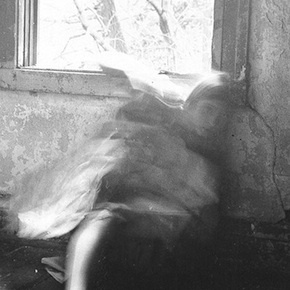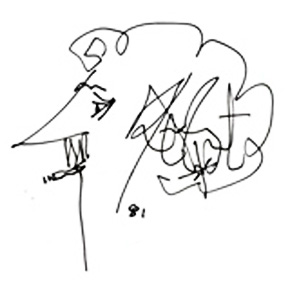
The causes of a life: Mary Shelley in Bath
STRICTLY SPEAKING, OF COURSE, it wasn’t Mary Shelley who arrived in Bath on 10 September 1816, but Mary Wollstonecraft Godwin. The nineteen-year-old who alighted in the city that Tuesday afternoon wasn’t yet the wife of Percy Bysshe Shelley, the up-and-coming poet and heir to a baronetcy. Instead, she was his unmarried partner, as well as...

A dreadful fascination
The true tales of murder that feature in Great and Horrible News cover a period of some 200 years, from approximately 1500 to 1700. It was a time that encompassed the rise and fall of the Houses of the Tudors and the Stuarts, the English Civil War, the Protectorate, the Restoration and the Glorious Revolution. England split...

Cloak and dagger à la Russe
The family of Governor Yegor von Rasimkara, we are told early in Ricarda Huch’s The Last Summer, have only one defect all told: that of “belonging to an era that must pass” – in order to make room for the one impatiently keen to take its place. A generally endearing walrus of a father in...

A total portrait of the artist as an absence
Elena Ferrante is traditional in the most radical, boundary-dissolving ways; conventional with subversive fervour and delicately powerful talent. In Frantumaglia: A Writer’s Journey she proves above all the invincible strength of her authorial translucence, the rock-solid presence of her so-called anonymity, which she invariably corrects as being a determined gesture of absence. The word frantumaglia,...

Exemplary epistles
In Darling Monster, John Julius Norwich collects the letters his mother, the screen actress and society darling Lady Diana Cooper wrote to her only son at school and through his early adulthood. Covering the period 1939 to 1952, the letters take in the first rumblings of World War II – which Lady Diana and her...

But not me
Reproduced below is the first letter Kurt Vonnegut, Jr., wrote to his family after being released as a prisoner of war in 1945. It recounts his witnessing of the firebombing of Dresden, an experience that would shape his later work including Slaughterhouse-Five (1969). The horrors of war are delivered in a devastating deadpan and a...


